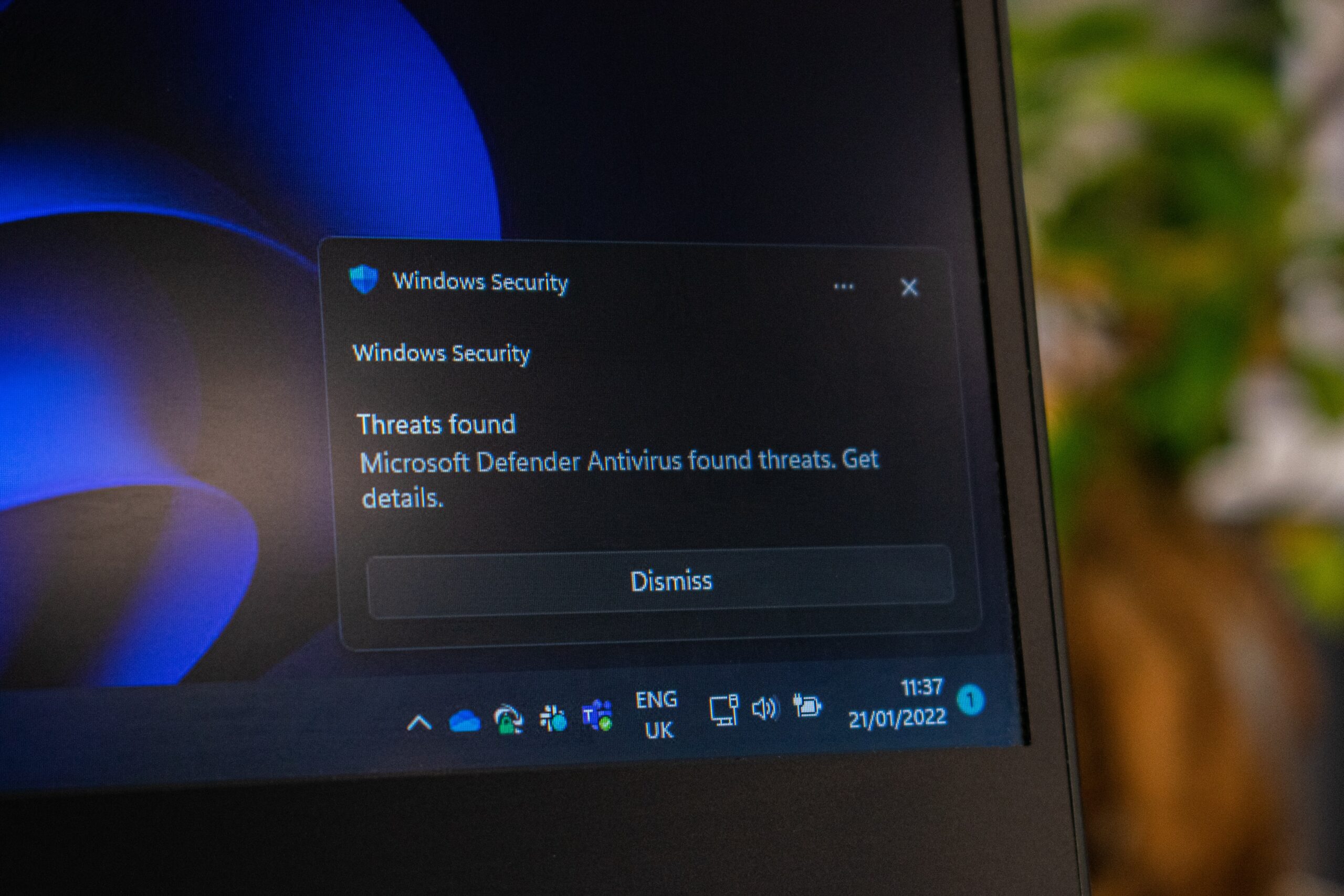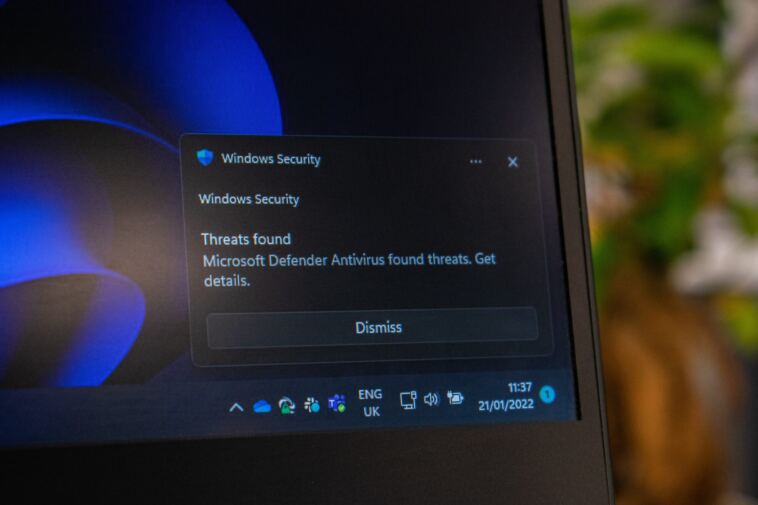- Like
- SHARE
- Digg
- Del
- Tumblr
- VKontakte
- Flattr
- Buffer
- Love This
- Save
- Odnoklassniki
- Meneame
- Blogger
- Amazon
- Yahoo Mail
- Gmail
- AOL
- Newsvine
- HackerNews
- Evernote
- MySpace
- Mail.ru
- Viadeo
- Line
- Comments
- Yummly
- SMS
- Viber
- Telegram
- JOIN
- Skype
- Facebook Messenger
- Kakao
- LiveJournal
- Yammer
- Edgar
- Fintel
- Mix
- Instapaper
- Copy Link
As more and more businesses transfer their data to SaaS platforms, security is taking center stage. It’s a concern that spans the spectrum—from smaller companies managing user accounts and personal information with little IT support, to larger corporations handling complex systems filled with confidential materials. Whether big or small, all users of SaaS should fortify their sensitive assets against potential breaches or cyber-attacks.
The good news is there are several ways you can safeguard user data and improve their privacy. This post will highlight the most effective methods for improving SaaS security, including physical, administrative, and technical controls.
What is SaaS Security?
SaaS security is a measure for safeguarding user private data and information in subscription-based software. With SaaS companies accessing, analyzing and manipulating large volume of customer data, security is vital for ensuring a good experience. SaaS founders should follow the security guidelines issued by regulatory bodies, such as the Swiss-US Privacy Shield Frameworks and GPDR.
Anatomy of SaaS Security
Every cloud-based service must protect sensitive information. Understanding SaaS security in cloud computing environments requires focusing on three main areas or layers.
Infrastructure (Server-Side)
The server-side is the foundational level where internal information exchange occurs. If your SaaS business relies on a platform like AWS, you need to secure every point where information is shared between the cloud storage provider and your software. Whether you use shared, dedicated, or individual server storage, your SaaS security measures must be tailored to fit. Every interaction started from the client-side begins at this level, making it vital to establish strong protections.
Network (The Internet)
Moving from the foundational level, we reach the network layer. This area is responsible for the information exchanged between the server-side and client-side over the internet. Unfortunately, it is often the most vulnerable part of a SaaS business. Hackers might find weak spots in data encryption methods, making real-time monitoring crucial. With more businesses handling digital payments and online personal details, reinforcing network security becomes essential.
Application and Software (Client-Side)
The final layer focuses on the application and software. Even a single breach here could result in significant user loss, so deploying robust SaaS security measures is paramount.
Continuous monitoring of all third-party applications and software is necessary. The client-side environment can be unpredictable, demanding even higher security standards.
Layers of SaaS Security
SaaS security has several layers, but the key ones are:
- Data protection: Safeguard sensitive data in a SaaS environment by employing encryption, access controls, and secure data storage, preventing breaches, unauthorized access, or data loss.
- Application security: Prioritize application security, subjecting SaaS applications to rigorous testing, including vulnerability assessments and penetration testing, while regularly updating and utilizing secure coding practices to address software vulnerabilities.
- Access controls: Ensure tight control over the SaaS application and its data, implementing robust authentication mechanisms, multi-factor authentication, and granular access controls based on clients’ roles and permissions.
- Incident response and monitoring: Establish effective incident response procedures and implement monitoring systems for promptly detecting and responding to security incidents, utilizing real-time alerts and security event logging to mitigate potential threats.
- Infrastructure security: Secure the underlying infrastructure supporting SaaS services by implementing robust network security, firewalls, intrusion detection systems, and frequent security updates, protecting against external threats.
- Data Privacy and compliance: Adhere to relevant data privacy regulations such as GDPR and industry-specific compliance standards, implementing data privacy policies, consent mechanisms, and secure data handling practices to achieve compliance.
- Vendor management: Carefully select and vet SaaS providers, setting clear contractual agreements, defining service level agreements (SLAs), and conducting regular vendor assessments to ensure alignment with organizational security requirement.
Security Challenges Faced by SaaS Companies
Software-as-a-service companies experience a variety of scenarios that raise security challenges. Here’s a look at some of the top causes of security vulnerabilities in SaaS products.
- Integration vulnerabilities: Unsecured integrations with other systems within the organization’s ecosystem can become attack entry points. Careful assessment and monitoring of these connections are necessary to prevent unauthorized access.
- Limited control: Since organizations entrust their data and applications to third-party providers, they may lose control over security mechanisms. This dependency on the SaaS provider’s practices creates challenges in data protection and privacy.
- Malicious insiders: Even reputable providers can’t entirely eliminate the risk of insiders mishandling sensitive data. Both intentional and unintentional actions by SaaS provider employees can pose threats.
- Shadow IT: The ease of deploying SaaS applications may lead to unauthorized usage by employees. This lack of oversight introduces risks that could compromise data security and regulatory compliance.
- Regulatory compliance: Navigating specific industry regulations and cross-border data transfers becomes more complex with SaaS. Compliance with third-party services and understanding data sovereignty are vital but challenging aspects.
- Account takeover: Weak passwords or compromised accounts can lead to unauthorized access. Enforcing robust authentication and vigilance over user accounts are essential.
- Data Loss and availability: Reliance on cloud infrastructure means potential system outages or disruptions. Adequate backup and recovery mechanisms are vital to avoid data loss or inaccessibility, affecting business operations.

SaaS Security Best Practices to Improve User Data Safety and Privacy
When releasing a new feature or vetting one, make sure to consider its impact on your product’s security. Below are some tips to ensure your user data remains private and secure.
Make Sure the Passwords Are Strong
Many people fall into the trap of using the same password everywhere. This simplicity can lead to easy breaches. Encourage users to craft unique and strong passwords with a mix of letters and symbols. Regular reminders for password updates can fortify this first line of defense.
Keep Data Safe in Many Places
Your data is a treasure trove that must be guarded. Losing it isn’t an option. Consider storing data in various locations, creating a protective web. Should one strand break, the rest remain intact. Regularly inspect these safeguards to ensure their steadfastness.
Talk to a Security Company
Even the mightiest warriors seek wise counsel. In the battle for cybersecurity, engage with a professional security company. Let them probe your defenses and highlight vulnerabilities. Their wisdom will guide your preparations for potential digital onslaughts.
Monitor Your Network for Potential Threats
With technology’s growth, threats grow too. Watch your network closely to protect it. Keep track of the data coming in and going out. Look for unusual activity. If you find something strange, act quickly. This way, you’ll protect your network from harm.
Tell Your Customers About Safety
Communication builds alliances. Share with your customers the secrets of keeping their information secure. When your strategies change, inform them, arming them with the knowledge to stand alongside you in defending their digital domains.
Make Rules About Privacy
Rules aren’t mere words; they are the pillars of your app’s security. Collaborate with your team to craft guidelines tailored to your product. Let these principles be the shared understanding that unites your forces in safeguarding essential information.
Keep the Data Hidden with Encryption
Encrypt your data, creating a hidden vault accessible only to you. Assure your customers that their sensitive information, like billing details, is tucked away securely. Choose your hiding methods wisely; the data should never lie in plain sight.
Consider Third-Party Audits and Assessments
Business today involves many parts and partners. An outside expert can examine your relationships with them. They can find the strengths and weaknesses. Using an outside expert gives you a different view of your business. It helps you make better decisions.
Train Employees on Security Awareness
Security is a job for everyone in the company. Teach your employees about digital safety. Show them how to recognize dangers like fake emails or weak passwords. Training helps your employees protect your company’s information. Make security part of everyone’s job.
Implement Role-Based Access Control (RBAC)
Within your team, not everyone needs access to every piece of information. Define roles clearly. Limit access to data based on those roles. This keeps sensitive information secure and makes sure that only authorized personnel can access specific parts of the system.
Provide Clear and Transparent User Agreements
Clearly explain to your users what data you collect and how you use it. Make these agreements easy to read and understand. Transparency builds trust, and clear communication helps your users feel more secure.
Review and Respond to Security Alerts Promptly
Security tools can warn you about dangers. Don’t ignore these warnings. Look at them right away. Act quickly if you find a problem. Fast action can stop a small problem from becoming a big one.
Create a Robust Incident Response Plan
If something goes wrong, you’ll need to act fast. Have a plan ready. Know who will do what and when. Test the plan often. A well-made plan can turn a crisis into a mere bump in the road.
Monitor User Activity and Behavior
Keep an eye on how users interact with your platform. Unusual activity might mean a security risk. Quick detection can help you respond before any damage happens. Monitoring user behavior helps you keep your platform secure and respond effectively if something goes wrong.
Understanding Who Does What in SaaS Security
In SaaS, both the service provider and the customer have security roles. The provider takes care of the foundations and the software itself. Meanwhile, the customer often manages their own data and user accounts. Sometimes, this division of responsibilities can create confusion and gaps in protection. Therefore, SaaS companies must explain clearly what they cover. They must also clarify what the customer must take care of.

Making Sure SaaS Grows Safely
As SaaS businesses grow, they must keep their systems safe. The application has to handle more users and data. Yet, it should not be more open to attacks. Security controls must be both strong and flexible. They need to handle things like limiting use, spotting threats automatically, and managing user sessions securely.
Making Security User-Friendly in SaaS
Are you looking for strong security that’s easy to use? Many SaaS companies face this challenge. Think about using two steps to log in. It’s more secure. But if it’s too hard, you might not like it. So what’s the solution? Consider a password plus a code sent to your phone. It’s safe. It’s simple. It’s something anyone can apply in their SaaS business.
Changing SaaS Security for New Technology
Are you excited about new things like AI and smart devices? They’re changing how you use SaaS. What does this mean for security? You must change your safety measures. You can use AI. It finds problems before they happen. But what about smart devices? They might make things less safe if not protected well. You have to watch. You have to change. Keep your SaaS secure with new technology. Don’t let it cause new problems.
Conclusion
Navigating the complexities of SaaS security requires a multifaceted approach. With threats coming from different endpoints, there’s no replacement for different measures to improve user data security. Here’s a brief recap of the vital measures:
- Implementing strong passwords and encryption safeguards user data.
- Monitoring networks helps in early detection of threats.
- Regular data backups prevent devastating losses.
- Evaluations through third-party audits ensure alignment with business goals.
- Employee training equips your team to fend off attacks.
- Managing infrastructure, network, and application layers guarantees all-round protection.
Understanding and acting on these principles will help you build a robust security framework for your SaaS product. Now, it’s your turn to take these insights and put them into practice to fortify your business’s defense.


